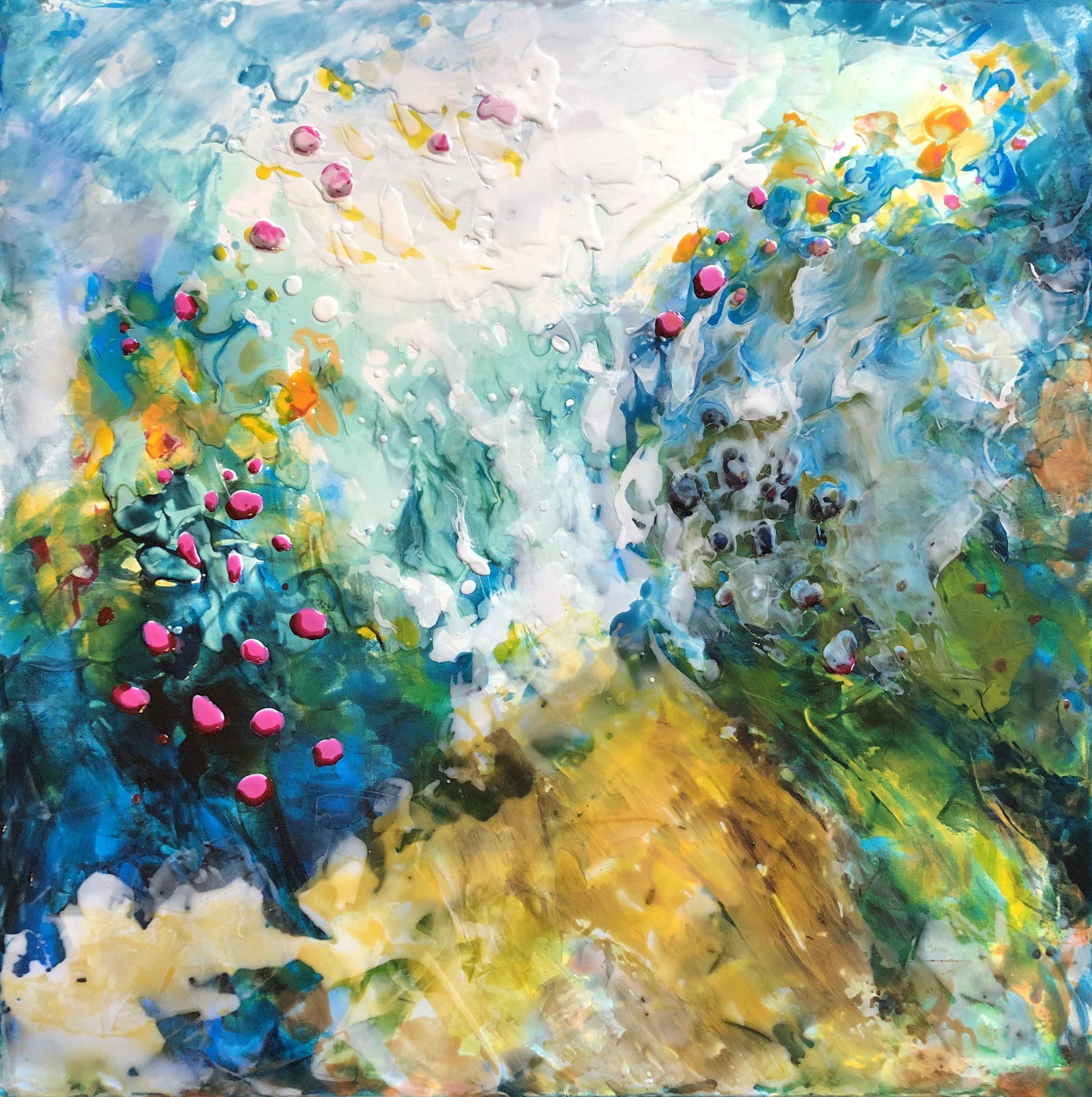Claude Monet, a central figure in the Impressionist movement, is celebrated for his brilliant renditions of gardens and landscapes, conveying the interplay of light and nature. Monet moved to Giverny in 1883 and lived there until his death in 1926. During that time, he created many of his most famous works, including his series of water lilies, Japanese bridge paintings, and various other garden scenes that were inspired by the beautiful surroundings of Giverny. Monet was known for his dedication to capturing the ever-changing effects of light and atmosphere in his paintings. He worked on multiple canvases simultaneously, returning to the same location and time each day to continue his work.
I first learned extensively about Giverny from my creative friend, the late Linda Lawson, who visited Giverny with her husband many years ago. Her enthusiasm and excitement were contagious as she shared every detail of the gardens, house, studio, and her love for the yellow dining room and blue kitchen.
My own pilgrimage to Giverny was just two weeks ago, and I was thankful we visited Giverny early in our trip because every time I viewed a Monet painting set in Giverny at one of the Paris Museums, I could vividly recall where he had been standing in his gardens or by the pond.
Giverny has left a profound impact on me and I’m sure, other artists who visit and find inspiration in its natural beauty. The spirit of Impressionism still lingers in the air. It continues to be a place of pilgrimage for art enthusiasts and painters seeking to connect with the artistic legacy of Claude Monet.


